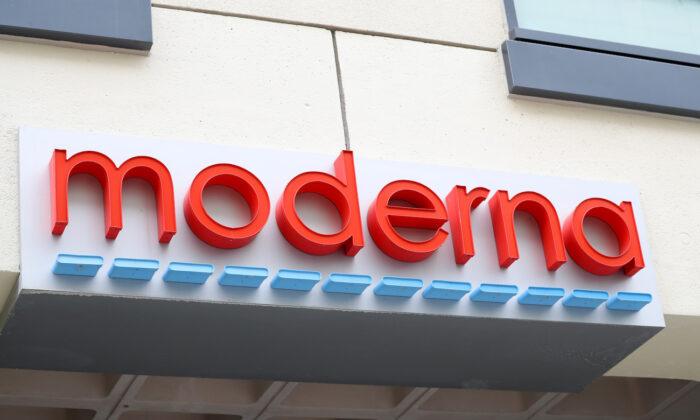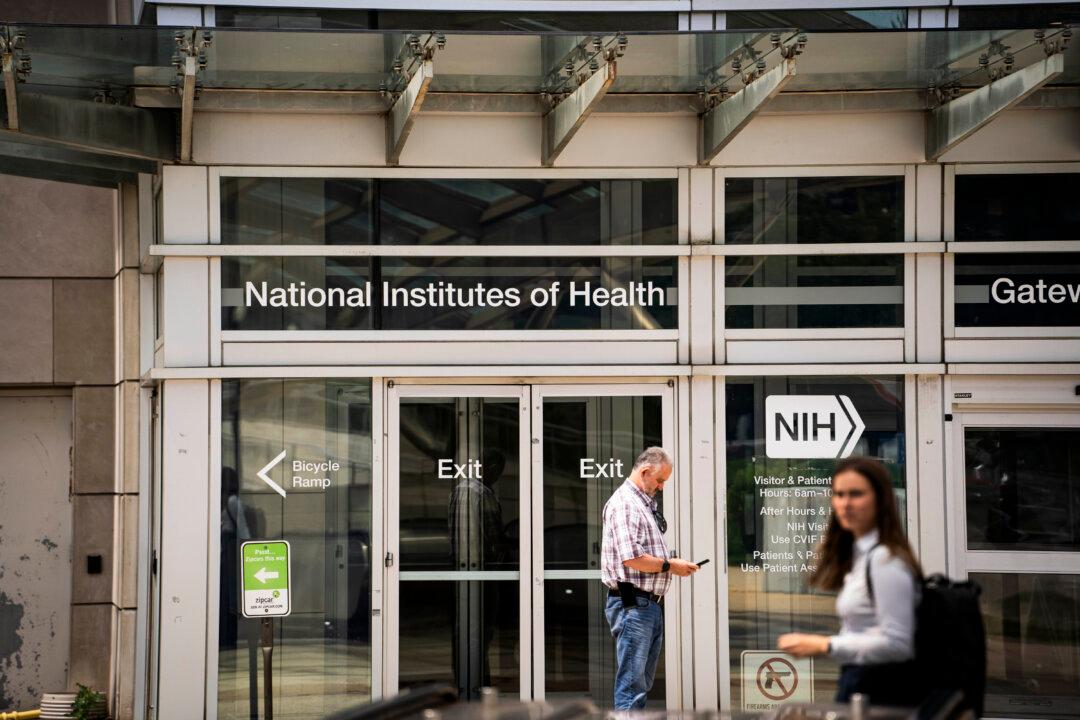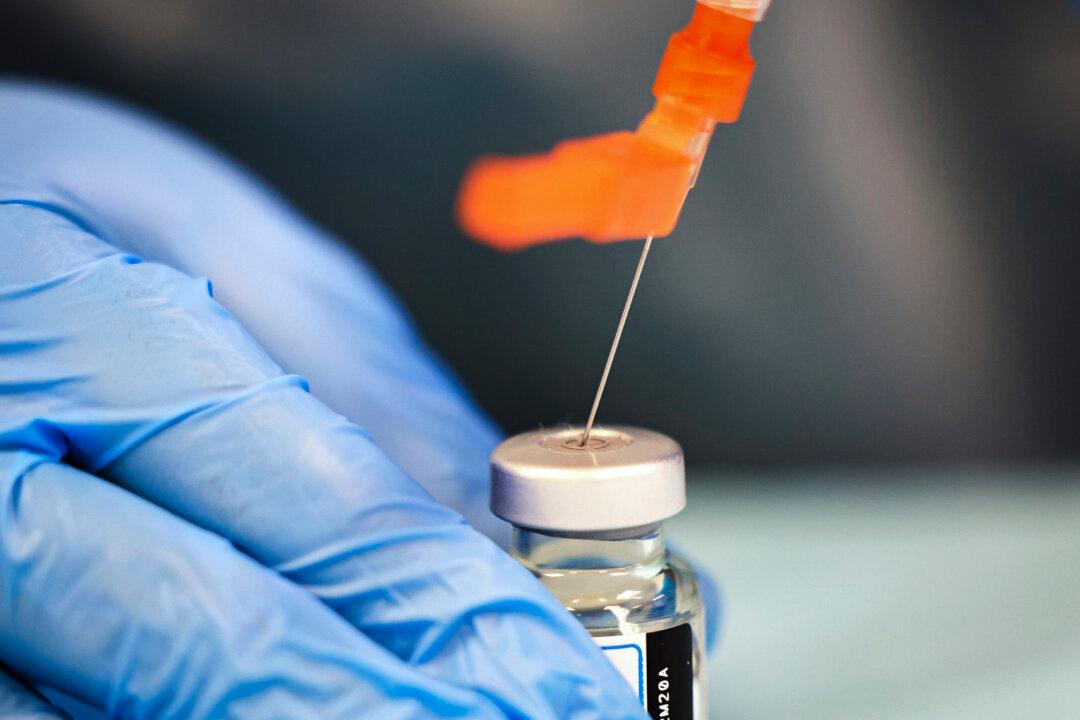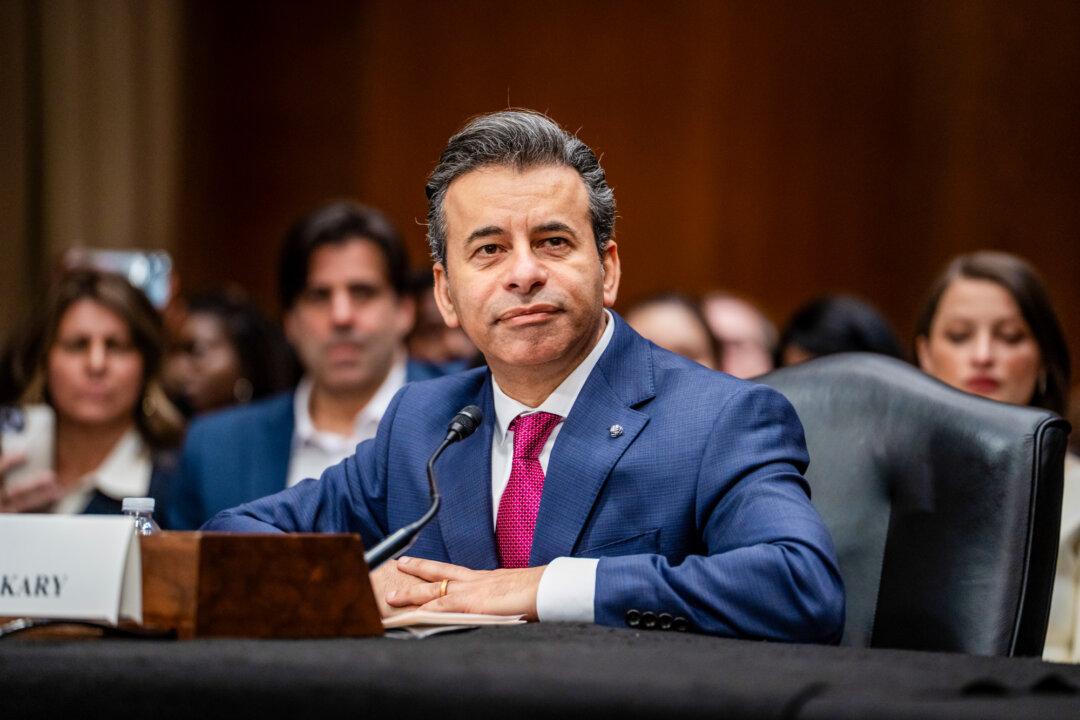Moderna said on Feb. 23 that it recently reached a patent agreement with the U.S. government over disputed technology that is featured in its COVID-19 vaccine.
In December 2022, Moderna entered “a nonexclusive patent license agreement” with the National Institute of Allergy and Infectious Diseases (NIAID), said CFO Jamey Mock during an earnings call on Thursday.
The agreement lets the company use “certain patent rights concerning stabilizing prefusion coronavirus spike proteins and the resulting stabilized proteins for the use in COVID-19 vaccine products,” Mock said.
Under the agreement, Moderna sent a “catch-up payment” of $400 million to the NIAID before the new year, according to Moderna executives.
“We have agreed to pay low single-digit royalties on future net sales of our COVID-19 vaccines,” Mock said.
NIAID and its parent agency, the U.S. National Institutes of Health (NIH), did not respond to requests for comment.
The Epoch Times has filed a Freedom of Information Act request for the agreement.
NIAID was headed for decades by Dr. Anthony Fauci, who retired around the end of 2022.
NIH Says Wrongly Left Off Patent
U.S. government researchers were wrongly left off of a patent filing for a key sequence that’s part of the vaccine, according to government officials.NIH scientists were working with Moderna for four years on vaccines for diseases before the pandemic started. After COVID-19 emerged, the NIH and Moderna collaborated to develop the COVID-19 vaccine, both parties have said.
But the messenger RNA sequence “was selected exclusively by Moderna scientists using Moderna’s technology and without input of NIAID scientists, who were not even aware of the mRNA sequence until after the patent application had already been filed,” Moderna said in one statement.
An NIH review concluded that doctors Kizzmekia Corbett, Barney Graham, and John Mascola, who all worked with Moderna while at the NIH, co-invented the sequence, a government official familiar with the situation told The Epoch Times previously.
“The work of Dr. Barney Graham and Kizzmekia Corbett and others stabilized the prefusion spike protein which is used in virtually all, with few exceptions, of the vaccines that are now successful,” Fauci told one congressional hearing.
The scientists were named on several related patents, but not the sequence one.
Moderna changed its stance in December 2021, announcing it was abandoning, at least temporarily, its pursuit of the sequence patent.
“Moderna has taken this action to allow more time for discussions with the NIH. Moderna believes that its scientists invented the specific mRNA sequence at the heart of the patent in question. The company acknowledges that NIH feels equally strongly that its scientists should be listed as co-inventors for their contemporaneous work on the protein sequence,” Moderna said at the time.
“Moderna decided that issuance of the mRNA sequence patent in the current environment could interfere with further discussions aimed at an amicable resolution with the NIH. Further, the company would like to avoid any distraction to the important public-private efforts ongoing to address emerging SARS-CoV-2 variants, including Omicron. Moderna continues to be grateful to the NIH and its scientists for their substantial contributions to developing the Moderna COVID-19 vaccine,” it added.
Royalty Payments
Research conducted at the U.S. Department of Health and Human Services led to more than 4,400 U.S. patents from 1980 to 2019, according to the Government Accountability Office.The NIH had 2 percent of the patents. Those patents generated up to $2 billion in royalty revenue during the same period of time.
“The NIH provides limited information to the public about its licensing activities. For example, the agency does not report which of its patents are licensed or release metrics that would enable the public to evaluate how licensing affects patient access to resulting drugs,” the office concluded. “Increasing the transparency of its licensing activities could improve the public’s and policymakers’ understanding of NIH’s management of its intellectual property.”
Some of the payments go to individual scientists, including Fauci.





